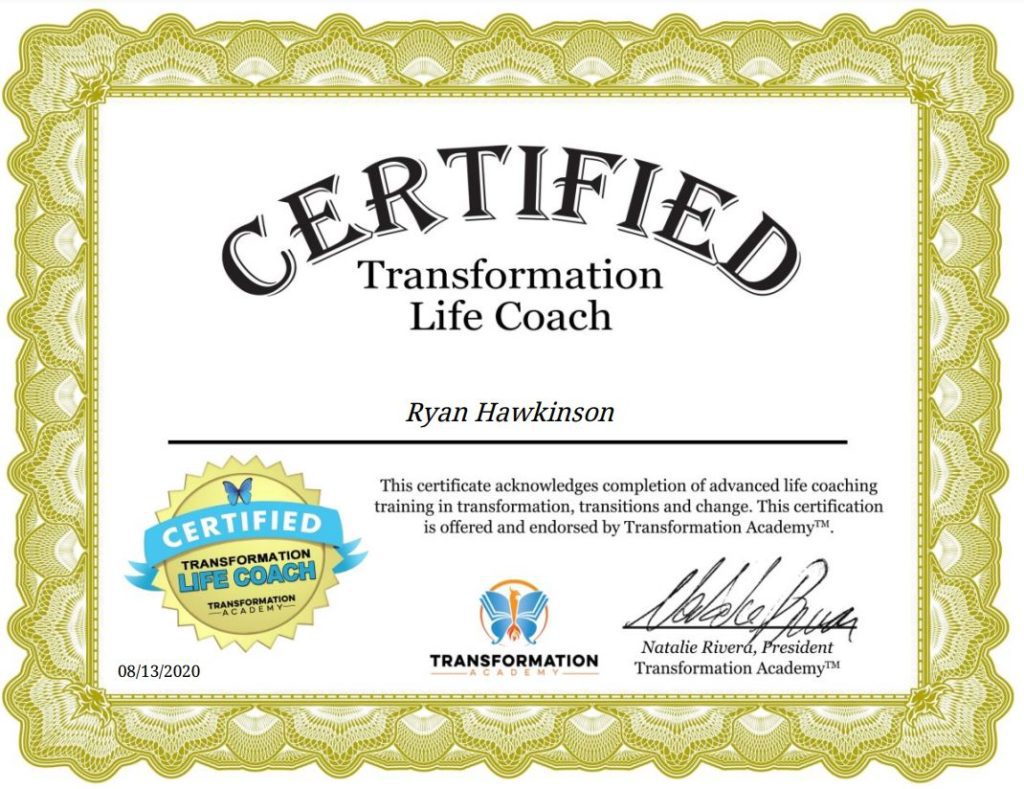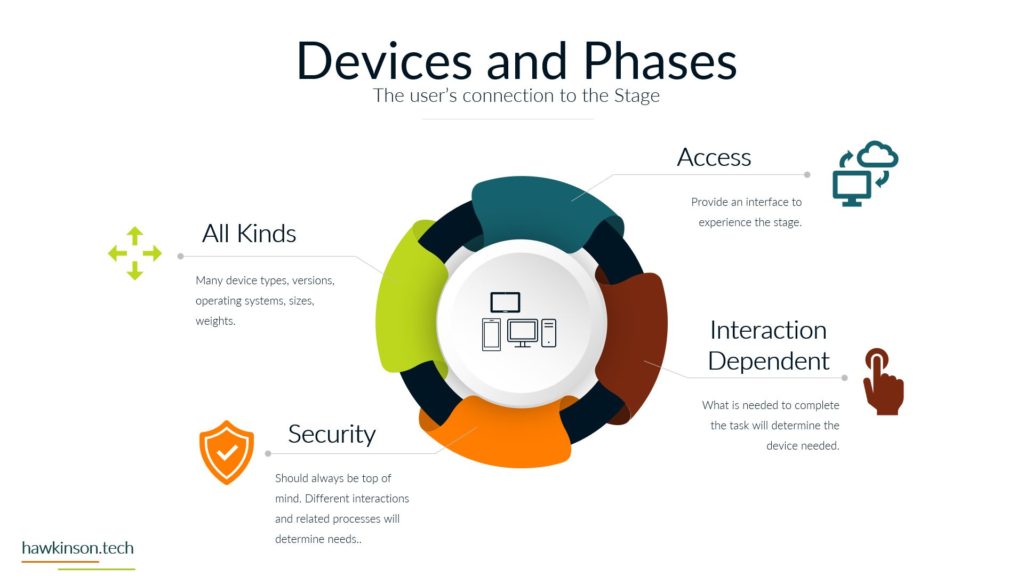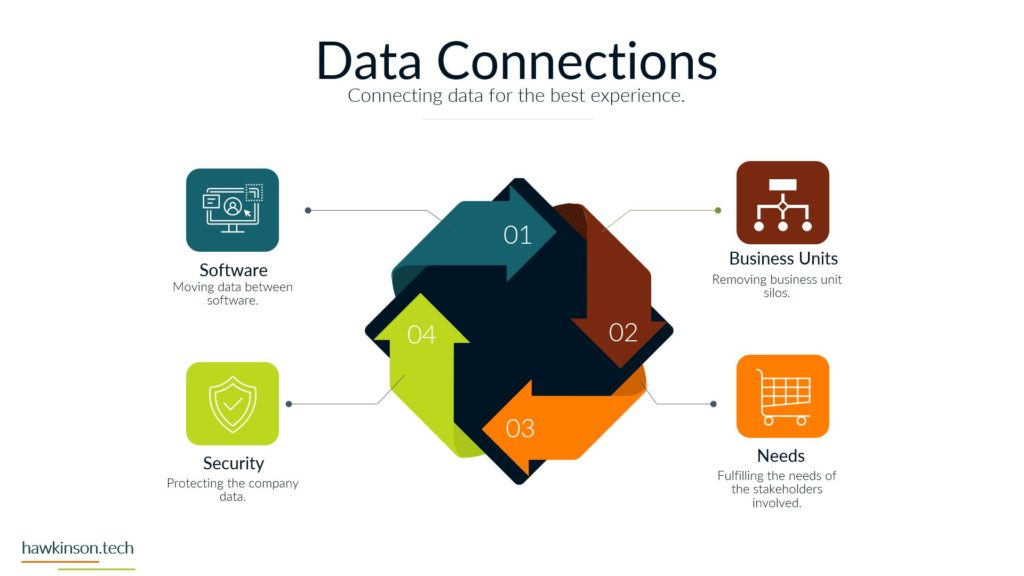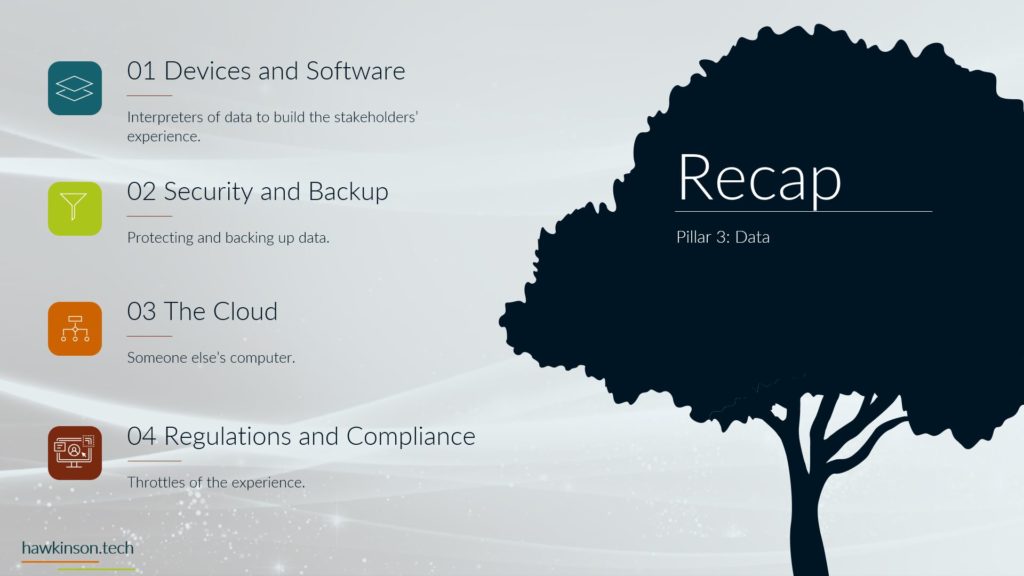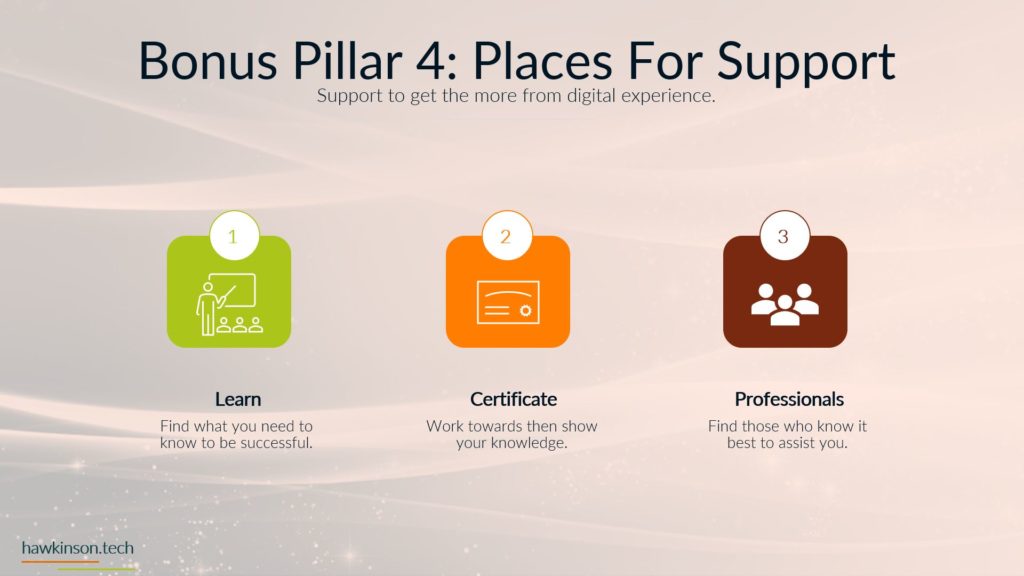JetThemeCore: Enhance Functionality and Flexibility of Your WordPress Website
Effortlessly Create and Customize Dynamic Headers, Footers, and Sections
JetThemeCore, a plugin from Crocoblock, is a powerful tool designed to enhance the functionality and flexibility of your WordPress website. With JetThemeCore, you can customize dynamic headers, footers, and sections effortlessly, giving your website a unique and professional appearance.
Powerful Features for Efficient Building and Management of Design Elements
This plugin offers a range of features that enable you to build and manage your website’s design elements efficiently. With the intuitive drag-and-drop functionality, you can easily add and arrange pre-designed sections, headers, and footers. JetThemeCore also provides a library of ready-to-use templates and blocks, saving you time and effort in the design process.
Seamless Integration with the Popular Elementor Page Builder
One of the standout features of JetThemeCore is its ability to work seamlessly with the popular Elementor page builder. You can integrate JetThemeCore with Elementor to create dynamic templates and apply them across your entire website. This allows for consistent branding and design elements throughout your pages.
Advanced Styling Options for Typography, Colors, and Spacing
JetThemeCore also offers advanced styling options, giving you control over typography, colors, and spacing. It provides a user-friendly interface for customizing every aspect of your website’s design, ensuring that your website reflects your unique brand identity.
Suitable for Beginners and Experienced Web Developers Alike
With JetThemeCore, you can take your website design to the next level, creating visually appealing and dynamic websites with ease. Whether you’re a beginner or an experienced web developer, JetThemeCore provides the tools and flexibility needed to create stunning and functional websites on WordPress.
















